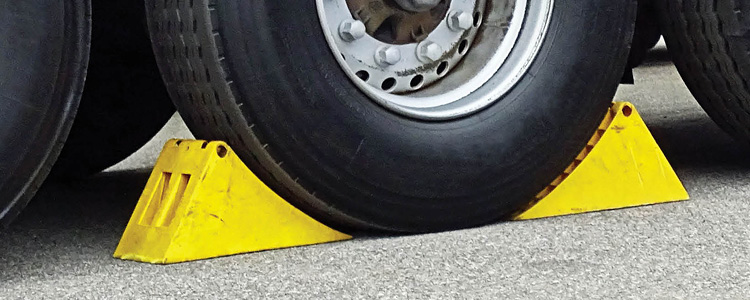Model:
Your Model No.:
Mfr. Model No.:

Wheel chocks represent critical safety equipment in industrial, mining and aviation environments. Their proper and sustained use ensures that lives are protected! There are multiple types of wheel chocks available on the market, including those constructed of aluminum, wood, rubber and urethane. Safety regulations/guidelines do not generally specify the type of material that must be utilized for industrial applications; however, rubber and urethane are the two most commonly selected.
A comparison study done by Checkers Industrial reveals that urethane is a stronger competitor than expected. Below are 4 reasons why using urethane wheel chocks will not only reduce your wheel chocks spend, but drastically reduce the chance of injury!


Urethane chocks provide greater strength and flexibility, improved ease of use, superior on-site visibility and long-term cost savings.

When compared with rubber chocks of similar size and rating, independent testing of urethane chocks showed them to provide greater strength and flexibility, improved ease of use, superior on-site visibility, and long-term cost savings.
Max quantity is 999999999. Your cart item has been updated
Model:
Your Model No.:
Mfr. Model No.:
Qty.: